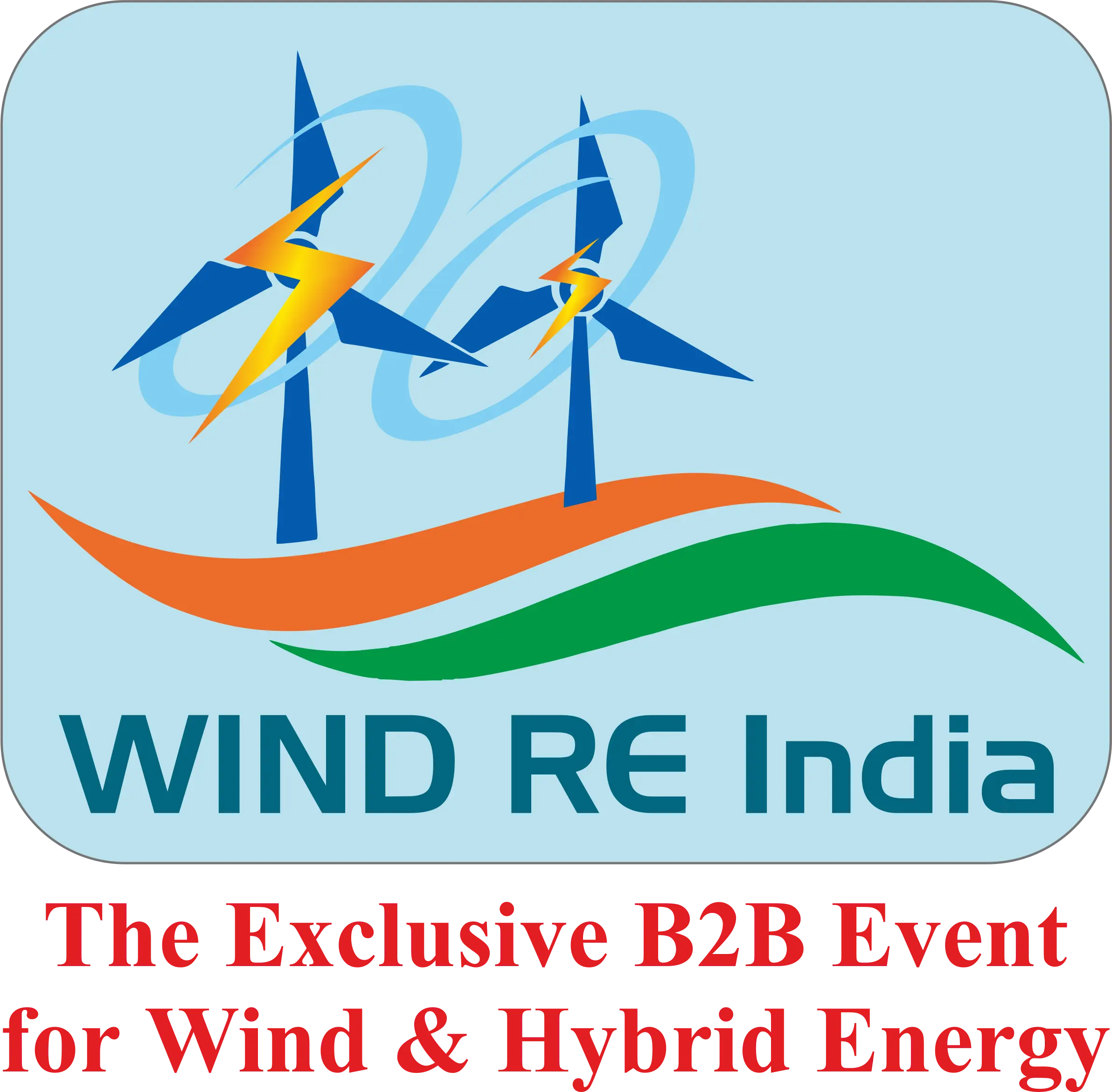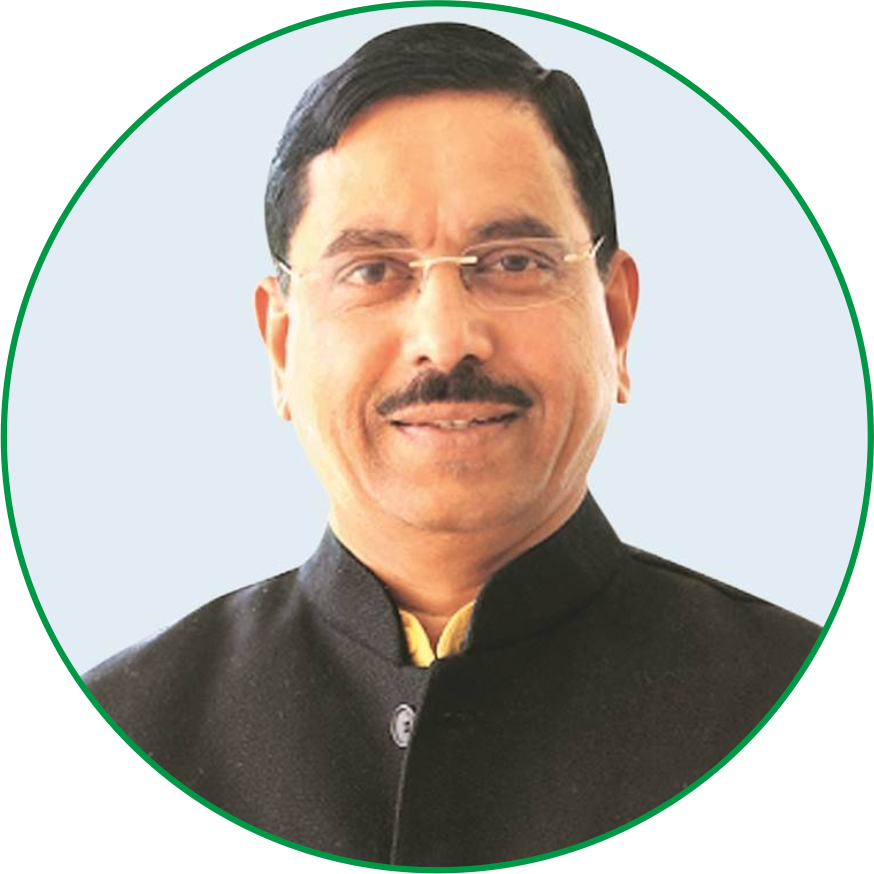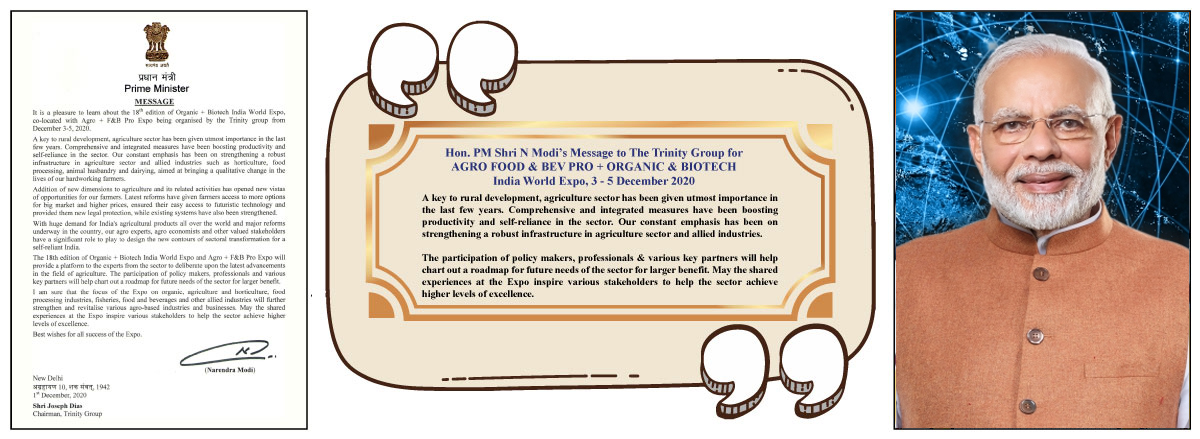Menu
Menu
● MUMBAI Date & Venue: 24 – 26 August 2023, Bombay Exhibition Centre, NESCO, Goregaon, Mumbai
● PUNE Date & Venue: 3 – 5 November 2023, Mahalaxmi Lawns, Karve Nagar, Pune
● GOA Date & Venue: 8 – 10 December 2023, Dr. SP Mukherjee AC Stadium, Panaji, Goa
● OTHER CITIES: Get in touch for more info +91 9769555657







